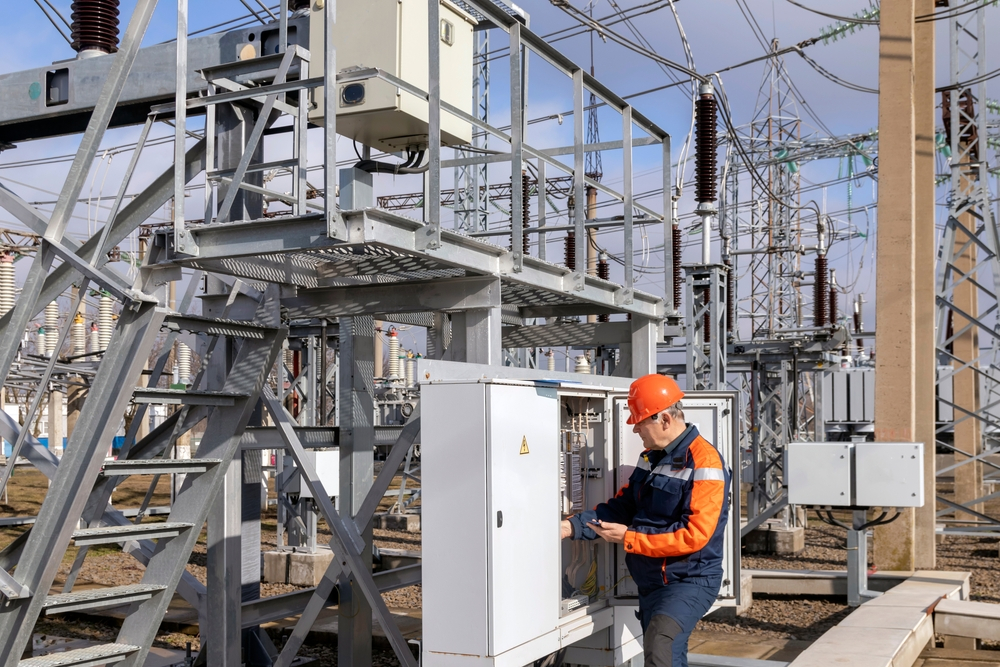The Facts About Roar Solutions Revealed
The Facts About Roar Solutions Revealed
Blog Article
Some Known Details About Roar Solutions
Table of ContentsThe Ultimate Guide To Roar SolutionsThe smart Trick of Roar Solutions That Nobody is DiscussingSome Known Questions About Roar Solutions.
In order to protect installations from a possible explosion an approach of evaluating and classifying a possibly dangerous area is needed. The purpose of this is to ensure the proper choice and installment of equipment to eventually avoid a surge and to ensure safety and security of life.
(https://au.pinterest.com/pin/1124703706941720474)
No tools needs to be installed where the surface temperature of the devices is higher than the ignition temperature of the given risk. Below are some typical dust hazardous and their minimum ignition temperature. Coal Dust 380C 225C Polythene 420C (melts) Methyl Cellulose 420C 320C Starch 460C 435C Flour 490C 340C Sugar 490C 460C Grain Dust 510C 300C Phenolic Resin 530C > 450C Aluminium 590C > 450C PVC 700C > 450C Residue 810C 570C The likelihood of the danger existing in a focus high enough to trigger an ignition will vary from location to location.
In order to classify this danger an installation is divided right into locations of danger depending upon the quantity of time the unsafe is existing. These areas are described as Zones. For gases and vapours and dusts and fibers there are three zones. Zone 0 Area 20 A hazardous atmosphere is extremely most likely to be present and may exist for long periods of time (> 1000 hours annually) and even continually Area 1 Zone 21 An unsafe environment is feasible but not likely to be existing for extended periods of time (> 10 450 C [842 F] A classification of T6 means the minimal ignition temperature level is > 85 C [185 F] Dangerous location electric tools maybe made for usage in greater ambient temperature levels. This would showed on the ranking plate e.g. EExe II C T3 Ta + 60C( This means at 60C ambient T3 will not be surpassed) T1 T1, T2, T3, T4, T5, T6 T2 T2, T3, T4, T5, T6 T3 T3, T4, T5, T6 T4 T4, T5, T6 T5 T5, T6 T6 T6 A T Course score of T1 means the maximum surface temperature level generated by the tool at 40 C is 450 C. Presuming the associated T Course and Temperature level ranking for the devices are appropriate for the location, you can constantly use an instrument with an extra rigorous Department ranking than needed for the area. There isn't a clear response to this concern regrettably. It truly does rely on the type of tools and what repair services need to be accomplished. Tools with particular examination procedures that can not be carried out in the area in order to achieve/maintain 3rd party ranking. Should return to the factory if it is prior to the devices's solution. Field Repair By Authorised Worker: Difficult screening might not be required nonetheless particular treatments might need to Roar Solutions be adhered to in order for the equipment to maintain its third celebration ranking. Authorised employees have to be employed to do the job appropriately Repair work have to be a like for like substitute. New part must be thought about as a straight substitute requiring no special testing of the devices after the fixing is total. Each tool with a hazardous score need to be reviewed independently. These are outlined at a high level below, but for more comprehensive details, please refer straight to the standards.
How Roar Solutions can Save You Time, Stress, and Money.
The tools register is a comprehensive data source of devices records that includes a minimum collection of areas to determine each item's location, technological specifications, Ex lover category, age, and ecological information. The proportion of Comprehensive to Close inspections will certainly be established by the Devices Risk, which is assessed based on ignition threat (the likelihood of a resource of ignition versus the likelihood of a combustible atmosphere )and the unsafe location classification
( Zone 0, 1, or 2). Executing a robust Risk-Based Assessment( RBI )approach is critical for making sure conformity and safety in managing Electric Tools in Hazardous Areas( EEHA).
4 Easy Facts About Roar Solutions Described

In terms of explosive danger, a dangerous location is an atmosphere in which an explosive environment is existing (or may be anticipated to be present) in amounts that need unique preventative measures for the construction, installment and use tools. eeha. In this article we discover the difficulties faced in the work environment, the danger control procedures, and the required expertises to work safely
These compounds can, in specific problems, create eruptive atmospheres and these can have major and unfortunate consequences. Many of us are acquainted with the fire triangular eliminate any type of one of the 3 elements and the fire can not happen, yet what does this mean in the context of dangerous areas?
In a lot of circumstances, we can do little about the levels of oxygen airborne, however we can have considerable impact on sources of ignition, as an example electrical equipment. Hazardous areas are documented on the dangerous area classification drawing and are determined on-site by the triangular "EX" sign. Below, amongst other crucial details, areas are split into three types depending on the hazard, the possibility and duration that an eruptive ambience will certainly exist; Area 0 or 20 is considered the most hazardous and Area 2 or 22 is regarded the least.
Report this page